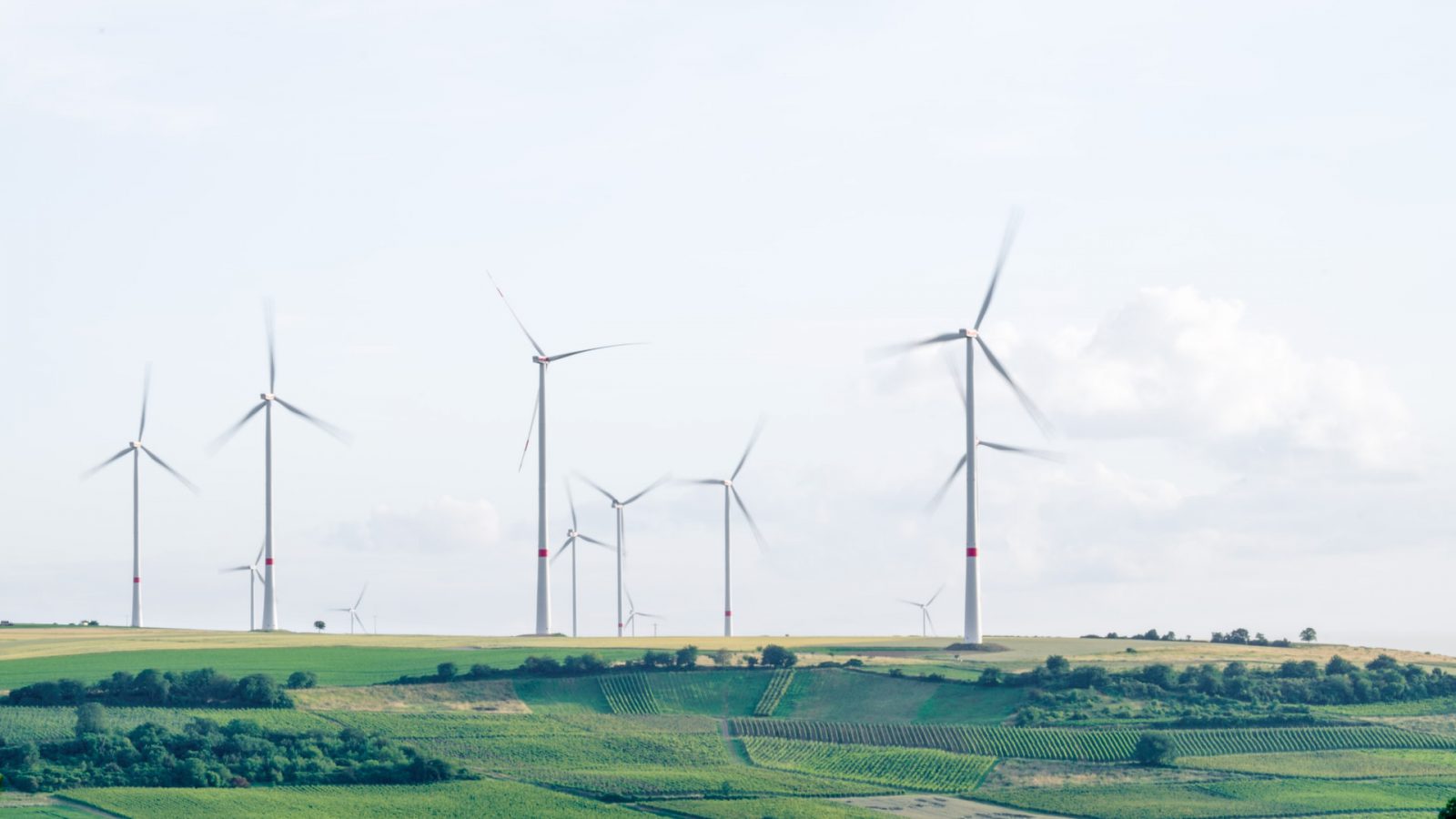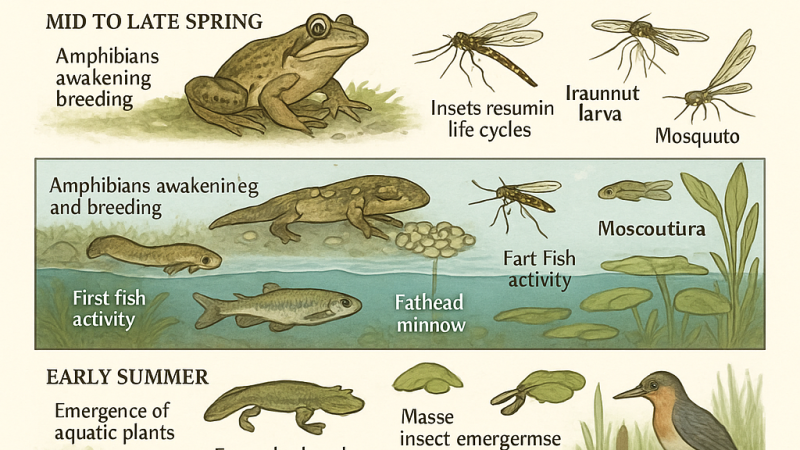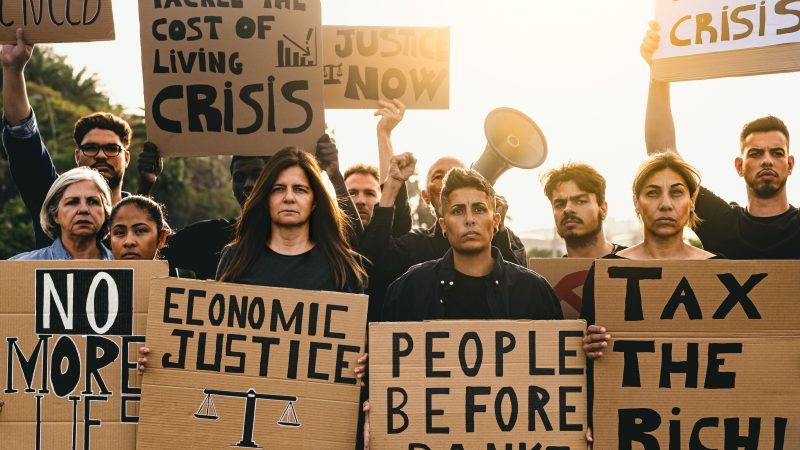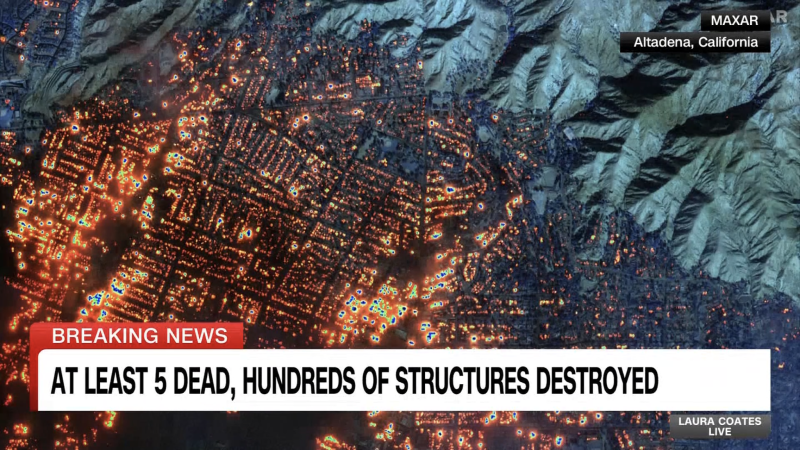What Does Real Economic Modelling Do?
Real Economic Model

A completely new holistic economic model is required to overcome the deficiencies of economics to date.
In the new model, we prioritize the global ecology and its health over personal enrichment. This implies an ideological realignment away from competition and toward cooperation. Media will attempt to characterize this as a socialism vs capitalism debate. And many will absorb that perception and deem this new economic model as unrealistic.
But such limited thinking is among the large obstacles that stand between global adoption of the Real Economic Model and the status quo. You have to believe – as I do – in the possibility that human values can change.
First up in Real Economic Model concepts is the idea of “Modulated Ambition”. This deviates from the capitalistic value of winner take all, and embraces a far more sustainable target of “how much do I really need”.
Imagine, for a moment, yourself on the day you decide to “retire”. In the modern context, “retirement” is not something that everyone aspires to.
Whether or not we emerge from the other side of a downward revision of the human population as a result of ecological immune responses like COVID-19, it will be incumbent on any surviving society to realign the human behavioural set of behaviours with ecological integrity as the primary driving value .
Economics evolved from the first organization of labour under leadership into the multi-faceted system of thought it is today more or less organically, in an entirely unplanned way.
In other words, there was no organization of concepts or definition of terms beyond what emerged from the evolution of economic discourse in literature.
The earliest iterations of human civilization was characterized by tribal leaders who organized their tribes in a way that served the tribe’s short term economic interest, and, in the case of visionary leaders, their longer term interests as well.
For the most part, this economic planning was limited to construction of shelter, gathering of plants such as berries and fruits, and hunting animals for protein. Occasionally, and in some periods, perpetually, preparation for and execution of battle plans became a major part of daily life.
But at no point did anyone stop to jot down a basic framework for a system of thought to be called economics. And that is why it has evolved to the point today where it is a huge swirling cauldron of conflicting ideas and directions, and also largely why it has never been a cohesive school of thought with clear academic objectives.
If the goal of astrophysics is to understand the universe, and the goal of biology is understand life, and goal of engineering is understand building things, the goal of economics could be said to historically always been to understand how to continue surviving or living.
And that’s why economics has eluded an agreed upon model of consensual form; the practitioners of the earliest economics were too busy doing it to have the time or luxury to contemplate it.
Evidence of higher economic planning and thought is not visible in the known historical record until tribes organized into nations.
Even then, “economics” as a school of thought originated as a subset of philosophical discussions, concerned with the appropriate conduct of man for a variety of outcomes.
The earliest civilizations exhibit signs of advanced organization and long term planning are relatively recent. Think of the complex and sophisticated water works of the Incas, or the feats of engineering by the Egyptians
In a free and democratic society, collective behaviour is changed when individuals change their behaviour. Government policy in democratic societies tend to enact policies governing collective behaviour only after a critical mass of individuals have adopted the new behaviour, and advocates begin to lobby for change.
So we have developed some models of how individuals might transform from behaviours in the left column, which are destructive, to behaviours in the right column, which are rehabilitative/symbiotic.
The more you eliminate the destructive behaviours and replace them with rehabilitative/symbiotic, the closer you move to the highest potential for self.
If we acknowledge that economic interest historically is in fact the exploitation of ecologies solely for human interest gains, then we must recognize that one of the principle defects of economics today is its failure to include the holistic accounting of the toll on ecological interests such activities exact.
Therefore, when we say “economic interest”, we mean exclusively “human economic interest”. This must furthermore be recognized to specifically exclude the ecological interest of species at risk of disruption by economic interest.
We can confirm that this is the case by looking at the extinction rate within species, between species, and within ecosystems; It is declining now faster than it has at any other time in human history.
We can also confirm this by examining the balance sheets of corporations. While we may see line items for “recycling” and/or “land remediation”, these never incorporate the costs to flora and fauna who might exist proximal to the site of the manufacturing activity. Nor is there an accounting for the mechanically ablative force of products on ecosystem members such as plants. Nor is there a chemical analysis of projected contamination of waterways and air.
At its most basic, economics can be said to have failed humanity over the longer term because of its failure to incorporation a Real Economic Model.
In the Real Economic Model, the ecological state of every geographical zone is continuously monitored, and the economic activity permitted in these zones is modulated such that ecological integrity is prioritized over economic activity.
The Real Economic Model is a live dataset that exists as a blockchain-type independently verifiable inventory of species across the global biosphere. It is living because it is updated by biologists, ecologists, zoologists, botanists, and every stripe of scientific practitioner in between.
The REM is designed to provide the basis from which meaningful insights can be gleaned to help inform economic policy at the municipal, regional and federal level.
Failing the incorporation of its insights by government, the Real Economic Model will yield a clear picture of where opportunities to elect rehabilitative modes of livelihood and lifestyle to drive individuals toward Real Economic participation.
By quantifying the ebb and flow of special populations, we can, with certainty:
- Identify population trends, birth rates, and death rates;
- Identify co-dependencies among species in individual habitats;
- Understand the ongoing impact of surrounding human development and industrial activity on ecosystems broadly and species specifically;
- Extrapolate optimum target population ratios within specific bio-blocks for maximum ecological health and diversity;
- Derive informed policies to prohibit destruction by industrial, recreational or developmentally ambitious humans;
- Enshrine protections in legislation based on buy-in to the mandate of targeting maximum ecological health and diversity.
The Real Economic Model’s dataset is maintained by a set of IT professionals at the Real Economic Society, with data input by universities and scientifically accredited institutions globally.
Currently, the Real Economic Model is in the development stage, and we are using small farms around the world to establish the initial blocks on the dataset.
Ideally, all permitting and resource development concessions for every project that has the potential to interrupt the natural evolution of ecologies within the dataset would be subject to a process of Real Economic Evaluation that would prioritize the protection of ecologies above human economic interest.
Within geographical demarcations, a defined set of economic activity can thus be determined. When one economic activity that negatively impacts ecological factors is permitted, a parallel remedial contract would necessarily be issued, the cost of which would be born by the beneficiaries of the economic activity. Thus, the goods or services of the economic activity would include all eco-remediation costs within the price.
Most significantly, the Real Economic Model delivers optimum human population densities within these geo-zones, and so these human populations would be tasked on a regional basis with modulating procreation accordingly.
Whereas it might seem authoritarian to approach limiting reproduction thus, it should be stressed that this should be undertaken in an egalitarian, voluntary way. In overpopulated regions, large families will simply become a thing of the past. Governments must enact policies that dramatically incentivize compliance with population optimums, and must disincentivize excess reproduction with financial and social penalties.
This will likely be the most challenging aspect of the Real Economic Model to implement, as adoption will initially be resisted based on perceptions of violation of personal freedom.
That objection needs to be uniformly defeated by the stipulation that, in an overpopulated zone, more than just reproductive autonomy will be curtailed; access to services, goods and travel will also be restricted.



